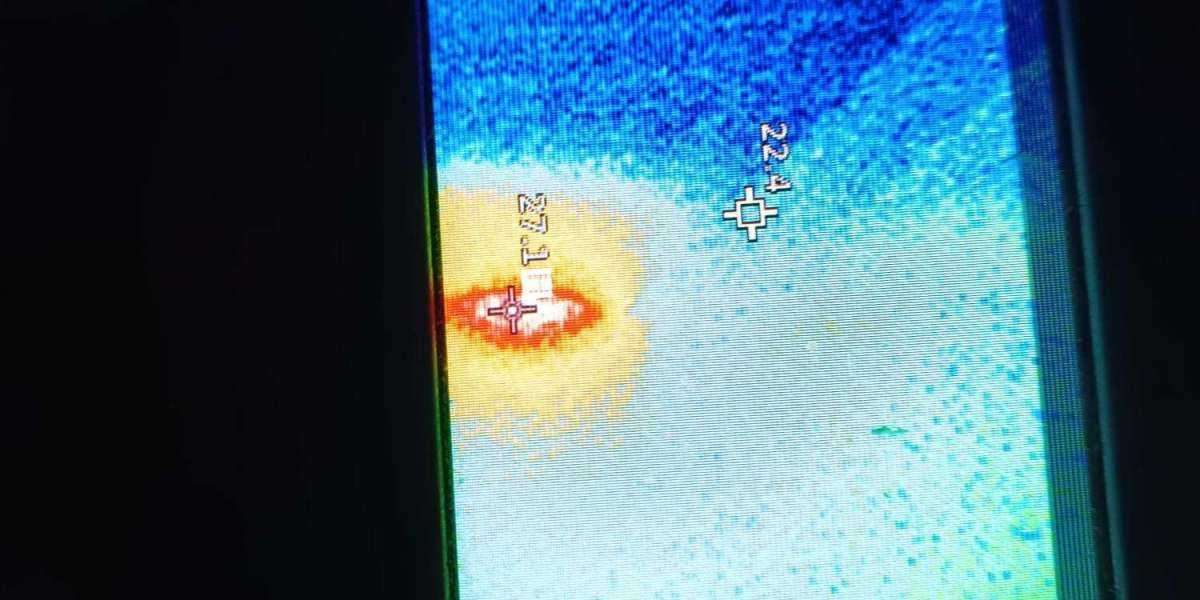Blacktop, often used for driveways, roads, and parking lots, is a mixture of asphalt cement and aggregate. It’s a popular paving material because it’s flexible, cost-effective, and relatively easy to install. However, like all materials exposed to the elements, blacktop doesn’t last forever. Over time, it can crack, crumble, or develop potholes due to weather, water, and wear. This guide explains the process and importance of blacktop repair, the types of damage that commonly occur, and how to handle them effectively.
What Causes Blacktop Damage?
Before diving into repair methods, it’s helpful to understand what causes blacktop surfaces to deteriorate. Here are some of the most common causes:
1. Weather Conditions
Extreme heat can soften blacktop, while freezing temperatures cause water in the cracks to expand, leading to more severe damage. The cycle of freezing and thawing is especially destructive.
2. Water Infiltration
Water is one of blacktop’s biggest enemies. When it seeps into cracks or under the surface, it can weaken the foundation and cause the top layer to break apart.
3. Heavy Traffic
Driveways and roads that see frequent vehicle traffic will wear down more quickly. Large or heavy vehicles, such as delivery trucks or construction equipment, accelerate the damage.
4. Oxidation
Over time, UV rays from the sun can dry out the blacktop surface, making it brittle and more prone to cracking.
Signs You Need Blacktop Repair
Spotting damage early is key to avoiding more expensive repairs later. Look out for:
- Hairline Cracks: These often appear first and are easy to overlook. They can quickly widen and deepen if left untreated.
- Alligator Cracking: A pattern of interconnected cracks that resemble alligator skin, usually caused by underlying structural problems.
- Potholes: Holes that form when water seeps beneath the surface and weakens it until it collapses.
- Edge Crumbling: When the edges of the blacktop surface start to break away, often due to poor drainage or lack of support.
- Faded Appearance: This may not be structural, but discoloration can signal aging or oxidation.
Types of Blacktop Repair Methods
Depending on the severity and type of damage, different repair methods are used. Below are the most common techniques:
1. Crack Sealing
This method involves cleaning out the crack and filling it with a rubberized sealant. It’s typically used for minor cracks and helps prevent water from entering and causing more damage. Crack sealing is quick and affordable, making it a first line of defense.
2. Patching
Potholes and larger cracks usually require patching. This involves removing the damaged area and filling it with new asphalt material. There are two main types:
- Cold Patch: A temporary fix using a premixed asphalt product. It can be applied in colder temperatures but doesn’t last as long.
- Hot Patch: A more permanent solution that involves heating the asphalt mix before application. It adheres better and is more durable.
3. Overlay or Resurfacing
If the surface has widespread cracking or wear but the base is still solid, resurfacing can be a good option. This involves laying a new layer of blacktop over the old one, restoring the look and function without full replacement.
4. Full-Depth Replacement
When the foundation is compromised or damage is extensive, the best option may be to remove the entire structure and rebuild it. Though more costly and time-consuming, this method offers the longest-lasting result.
5. Sealcoating
While not a direct repair method, sealcoating is a preventative measure. A thin layer of protective coating is applied to the surface to block UV rays, moisture, and vehicle fluids. This should be done every 2–3 years to maintain appearance and durability.
DIY Blacktop Repair: When It Works
Some minor repairs can be handled by homeowners or property managers, especially if you’re comfortable with basic tools and materials. Crack sealing and cold patching are common DIY tasks. Here are a few tips:
- Clean the Area Thoroughly: Remove dirt, weeds, and debris from cracks or holes.
- Dry Conditions Are Best: Moisture can prevent the materials from bonding properly.
- Follow Product Instructions: Whether it’s sealant or patching compound, application guidelines matter.
However, DIY methods are best for minor issues. If the surface shows deep cracks, structural problems, or extensive potholes, professional help is the safer choice.
Why Timely Repair Matters
Delaying blacktop repair can lead to more significant damage and higher costs down the road. Even small cracks can expand quickly under pressure from weather and traffic. By acting early, you can:
- Extend Lifespan: Well-maintained blacktop can last 15–20 years or more.
- Prevent Larger Issues: Small cracks are easier and cheaper to fix than deep potholes or foundational failure.
- Improve Safety: Damaged blacktop poses risks for vehicles, cyclists, and pedestrians.
- Maintain Property Value: A clean, even blacktop surface adds to the visual appeal of homes and businesses.
Hiring a Professional: What to Look For
If the damage is beyond a DIY fix or you’re not confident in tackling it yourself, hiring a blacktop repair contractor is a smart move. When choosing a company, consider:
- Experience: Look for specialists in blacktop or asphalt repair with a solid track record.
- References or Reviews: Feedback from previous clients helps determine reliability.
- Licensing and Insurance: These offer protection in case of damage or accidents.
- Clear Estimates: Make sure you understand the costs, timeline, and materials being used.
One trusted name in the field is Civil Craft, known for reliable repair solutions tailored to long-term performance.
Maintenance Tips After Repair
Once your blacktop is repaired, follow these tips to help it last longer:
- Sealcoat Regularly: This protective layer slows oxidation and water damage.
- Keep It Clean: Remove oil stains, dirt, and debris that can weaken the surface.
- Address Drainage: Ensure water doesn’t pool on the surface, as this can lead to erosion.
- Limit Heavy Loads: Avoid parking large, heavy vehicles in one spot for too long.
Final Thoughts
Blacktop repair doesn’t have to be a major burden if you stay proactive. By recognizing signs of damage early and choosing the right repair method, you can preserve your surface for many years. Whether you opt for DIY maintenance or professional support, timely attention to blacktop issues is key to avoiding costly replacements. Keeping your pavement in good condition isn’t just about appearances—it’s about safety, longevity, and making smart, practical decisions for your property.







